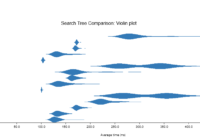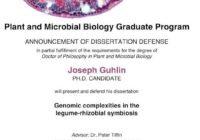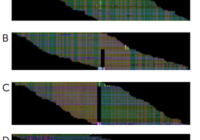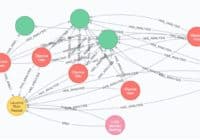Pixi/uv: Bioinformatics Powerhouse
You can read this on medium.com, if you prefer. Conda was a game-changer for bioinformatics, but it was slow. Then mamba came along and showed us speed. Now, Pixi is here to show you how fast things can really be. If you are a python developer, there are many reasons to use pixi. But here,… Read More »







